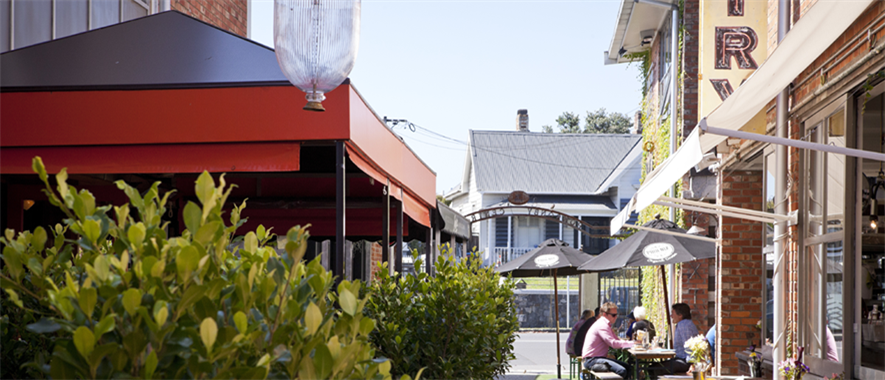Some council services will be unavailable over the Christmas and New Year break.
Check which services are affected.
Some council services will be unavailable over the Christmas and New Year break.
Check which services are affected.
Online EFTPOS is temporarily down from 31 October 2025 while we do essential system upgrades. We expect the service to be back online in mid-2026. During this time, you will need to use another form of payment.

An awning is a roof-like cover usually made of fabric, or similar lightweight material, and positioned on a frame. Awnings are often used to shelter a window, door or the side of a building.
Under the NZ Building Regulations there is a lot of building work you can do yourself. The website for the Ministry of Business, Innovation and Employment is also helpful.
Before checking whether you need a consent for your awning, you need to know:
Depending on the size and design of your structure, the work (design and/or construction) may be required to be carried out by a Chartered Professional Engineer and/or Licensed Building Practitioner (LBP).
If your awning is close to a boundary, and you have the written approval from your neighbours, you can apply for a Deemed Permitted Boundary Activity.
This application replaces the need to apply for a resource consent.
You will still need to apply for a building consent, if required.
From 31 August 2020, several new building consent exemptions are in place regarding awnings.
The latest guidance on these exemptions can found on the MBIE website.
Our online tool helps you check if you need a building or resource consent for your awning.
This tool only applies to an awning attached to the ground floor or first floor of a building.
Have your plans ready before you start.
It should take you about 10 minutes to complete.
Contact us on 09 301 0101.
Visit your nearest library with council services.
For more information on these requirements, visit the MBIE website.
Your building work must:
To avoid delays in processing your gazebo consent application you should:
If your awning is close to a boundary, and you have the written approval from your neighbours, you can apply for a Deemed Permitted Boundary Activity.
This application replaces the need to apply for a resource consent.
You will still need to apply for a building consent, if required.
Provide the full name and address of each owner or occupier of the site.
Identify who might be interested in or affected by the activity and how they might be affected.
If your awning is close to a boundary, and you have the written approval from your neighbours, you can apply for a Deemed Permitted Boundary Activity.
This application replaces the need to apply for a resource consent.
You will still need to apply for a building consent, if required.
Download and complete the Lodgement checklist: Residential.
You will need to login to complete the online application and pay by MasterCard, Visa, Online EFTPOS or Account2Account (bank transfer).
We only accept online applications. If you are unable to apply digitally, visit one of our libraries with council services for assistance in making your online application.
Call us on 09 301 0101 to speak with our building and planning help desk if you have questions regarding your application.
The consent fee depends on the value and complexity of your project.
There are separate fees for resource and building consents.
Use our deposit calculator to find out.
If you application is not complete, we will return it to you requesting the missing information.
We will process complete applications within 10 working days.
We will let you know the decision by email or post.